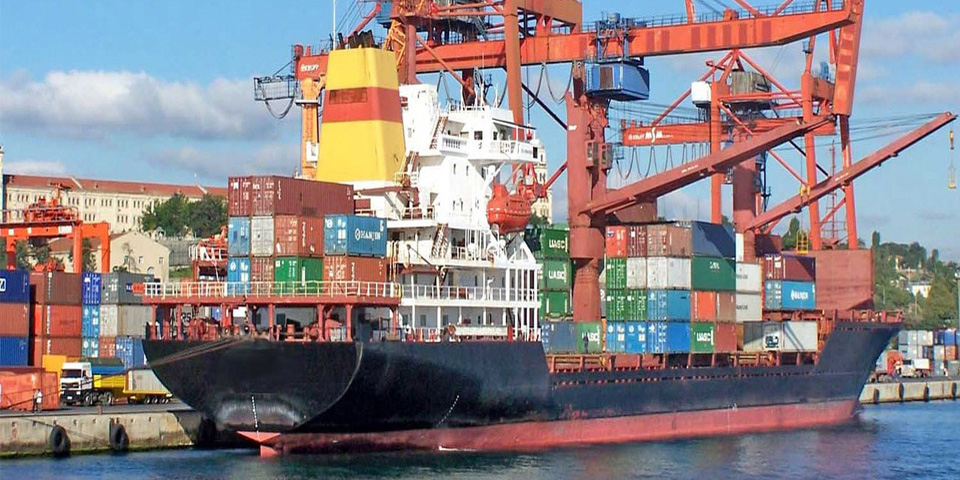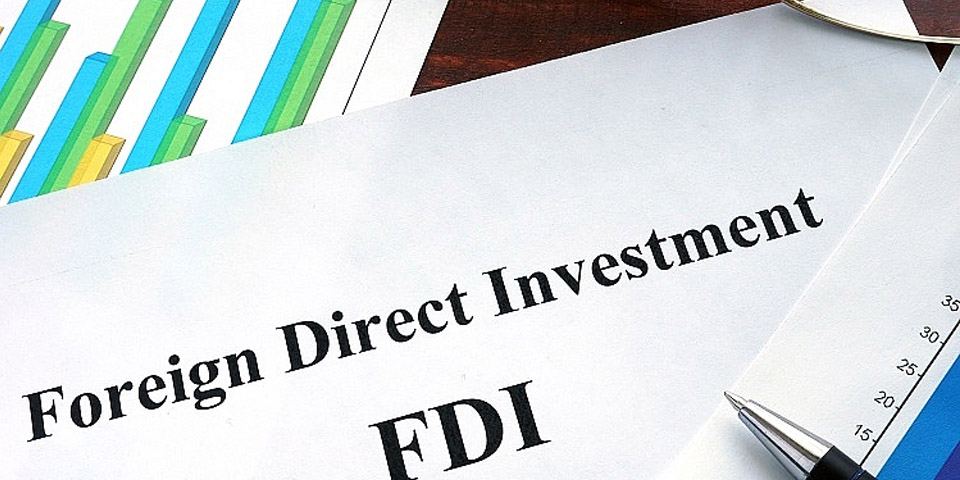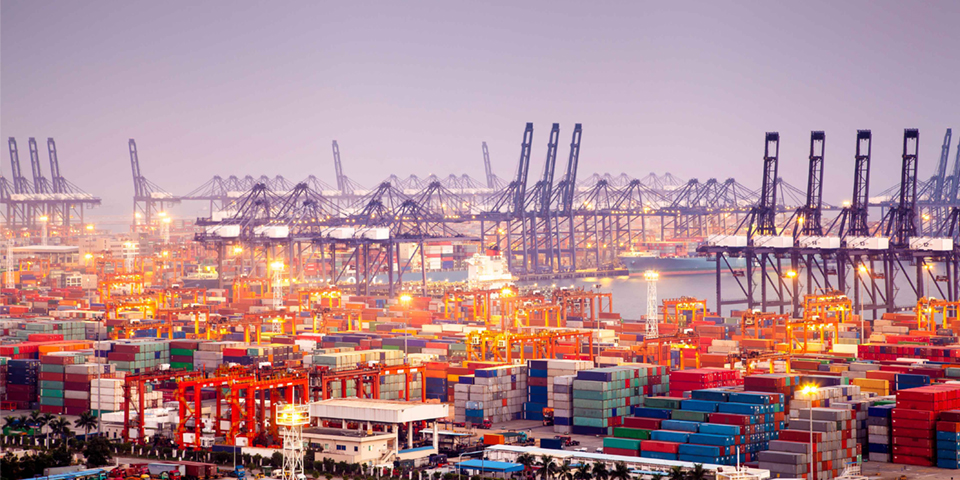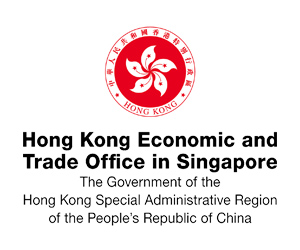Want to be in the loop?
subscribe to
our notification
Business News
VIETNAM’S GDP TO GROW 5.5% THIS YEAR – WB
The World Bank (WB) has projected that Vietnam’s economy will expand 5.5% this year, gradually climbing to 6% in 2025 and 6.5% in 2026, when external demand and private sector investment recover.
This forecast is based on the assumption of a moderate recovery in manufacturing exports in 2024, fueled by rebound growth of 8.5% year-on-year in the fourth quarter of 2023 and 17.2% year-on-year in the first quarter of 2024, reflecting strengthening global demand, said Dorsati Madani, senior country economist at the WB in Vietnam.
She was speaking at a news briefing on the WB’s latest report, titled “Promoting Innovative Entrepreneurship” held in Hanoi on April 23.
The expected recovery in manufacturing exports is anticipated to persist over the next two years, supported by restrained growth projections and external demand from key trade partners such as the U.S., Eurozone and China.
Inflation is projected to experience a slight uptick from an average of 3.2% in 2023 to 3.5% in 2024. This projection reflects an anticipated increase in government-administered prices, notably in education and health services, which account for 6.17% and 5.4%, respectively, of the weight in the consumer price index (CPI) basket.
Despite the ongoing military conflicts in Ukraine and the Middle East, oil and commodity prices are expected to soften slightly this year. As a result, the CPI is projected to moderate to 3% in 2025 and 2026, driven by the anticipation of stable commodity and energy prices.
The report underscores the need for continued policy support to bolster the economic recovery. Accelerating the implementation of public investment efforts would not only stimulate aggregate demand in the short term but also address emerging infrastructure gaps. An increase in public investment by one percentage point of GDP could lead to a rise in GDP of 0.1%.
Beyond providing short-term stimulus, enhanced public investment management is also important to address emerging infrastructure gaps – for example in the energy, transport, and logistics sectors – which are becoming a constraint on growth, said Sebastian Eckardt, practice manager for macroeconomics, trade and investment in the East Asia and Pacific Region at the WB.
Regarding the real estate market, a turnaround is anticipated in late 2024 and into 2025. This shift is attributed to the thaw of the corporate bond market freeze and the implementation of the Land Law, effective from January 2025.
“With gradual improvements in exports and the real estate sector, domestic demand is expected to strengthen as investors and consumers regain confidence, resulting in total real investment and real private consumption expected to grow by 5.5% and 5%, respectively,” Dorsati Madani said.
On the monetary front, the scope for further interest rate cuts is limited due to interest rate differentials between domestic and international markets and potential pressure on the exchange rate.
While expansionary fiscal measures could support economic recovery, maintaining financial sector stability is crucial. The deteriorating asset quality in the financial sector resulting from the real estate market downturn could undermine growth prospects, particularly as capital buffers, especially at some larger state-run commercial banks, remain relatively thin.
Source: The Saigon Times
Related News

CAR IMPORTS INCREASE 37.5 PER CENT IN 10 MONTHS
Việt Nam mainly imported cars from Indonesia, with 57,963 units imported so far this year (19,569 units higher than over the same period last year). Imports also came from Thailand, with 54,481 units (7,535 units higher than last year) and China, with 24,613 units (16,112 more than last year).

HAIPHONG TARGETS US$4 BILLION IN FDI FOR 2024
Haiphong recently approved 12 new projects in its economic and industrial zones, valued at a combined US$1.8 billion. This brings the total FDI in these zones to US$3.5 billion as of November, surpassing the city’s annual target by 40%.

FOREIGN INVESTORS FLOCKING TO SOUTHERN REGION
Foreign investors are actively calling on southern localities in the final months of 2024 to explore investment opportunities. On November 7, over 40 German businesses arrived in the southern province of Dong Nai to evaluate investment prospects in the area.

IMPROVING THE EFFECTIVENESS OF SOCIAL POLICY CREDIT
Following a decade of implementation, social policy credit is expected to enter a new phase of development to achieve higher efficiency for the sake of society and the community. On behalf of the Party Central Secretariat, on October 30, Standing Member of the Party Secretariat Tran Cam Tu signed a directive to improve the efficiency of social policy credit.

VIETNAMESE ENTERPRISES GRAPPLE WITH CHALLENGES IN Q3
In many sectors, businesses acknowledged that simply breaking even was an accomplishment this year. A prominent example is Nam Sông Hậu Trading Investment Petroleum JSC, once a leading fuel distributor in the Mekong Delta.

GLOBAL SOURCING FAIR VIETNAM 2025
Global Sourcing Fair Vietnam 2025, held from 24-26 April at the Saigon Exhibition & Convention Center (SECC), Ho Chi Minh City, is the must-attend international expo for sourcing Fashion & Accessories and Home & Gifts

































